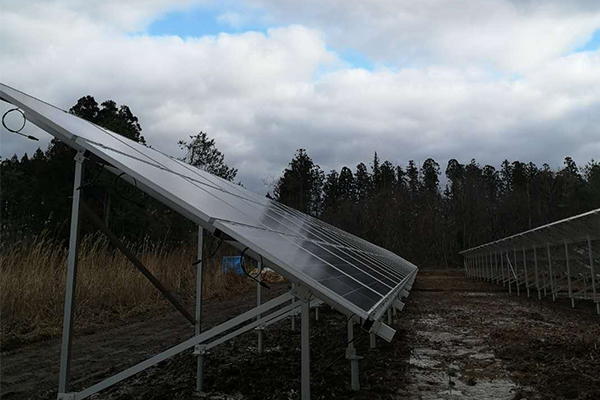A ground mounting system is a structural framework designed to secure solar panels on the ground, as opposed to rooftops or other elevated structures. These systems typically consist of metal frames anchored into the ground and are engineered to optimize the orientation and tilt of solar panels for maximum energy generation.
Key Components:
Racking System: Provides structural support for the panels.
Foundation: Anchors the system to the ground, commonly using concrete footings or ground screws.
Adjustable Tilt Mechanism (Optional): Allows for seasonal adjustments to optimize sunlight exposure.
Types of Ground Mounting Systems
1. Fixed-Tilt Systems
These systems have a stationary angle, set during installation, optimized for the site’s average solar exposure.
2. Adjustable-Tilt Systems
With manual or motorized adjustments, these systems can be fine-tuned periodically to enhance energy production.
3. Tracking Systems
Tracking systems follow the sun’s movement throughout the day. They are categorized into:
Single-Axis Trackers: Move panels along one axis (east to west).
Dual-Axis Trackers: Adjust panels in two directions (east-west and north-south) for maximum efficiency.
Solar panel ground mounting systems are a vital component for maximizing the efficiency and feasibility of solar energy projects. By selecting the appropriate system and considering key factors such as site conditions and budget, individuals and businesses can ensure a long-lasting and efficient solar installation. Ground-mounted systems not only provide flexibility and scalability but also underscore the potential of solar energy as a sustainable power source for the future.

